In the wake of the Grenfell Tower tragedy, building safety has become a top priority across the UK construction industry. The introduction of the Building Safety Act 2022 (BSA) marked a significant shift, with regulators tightening enforcement around building regulations, fire safety, and cladding defects.
One of the most impactful changes is the ability to require developers, landlords, and associated entities to contribute to the cost of remediation works. But who exactly could be liable – and when?
As part of the enforcement regime, Remediation Orders (RO) and Remediation Contribution Orders (RCO) have become increasingly prevalent, with a rise in cases. Recently, and the first of its kind, is the case of Triathlon Homes LLP v Stratford Village Development Partnership & Others [2025].
For any business involved in the construction industry, it’s crucial to understand RCOs and their potential impact. As such, in this article, we break down the key points:
- What it is and for what purpose it is made?
- Who has the power to issue it?
- Who can it be made against?
- Who can bring an application?
- On what grounds can it be made?
- When can it be brought?
In the Triathlon Homes case, two companies, Stratford Village Development Partnership (SVDP) and Get Living Plc (GL), were ordered to contribute to the cost of remediating fire safety defects in five residential blocks in East Village, Stratford, East London. SVDP was the original developer, which GL now owns. The application for the order was made by Triathlon Homes, a social housing provider with long-term leases in the affected buildings. The estate is managed by East Village Management Ltd (EVML), who had incurred the cost of engaging contractors to carry out the necessary remediation works.
The First-tier Tribunal (FTT) granted Triathlon’s application, but SVDP and GL appealed. They argued that the Tribunal was wrong to decide it was “just and equitable” to make them pay, and questioned whether costs incurred before the Building Safety Act came into force on 28 June 2022 could be claimed. The appeal court reviewed the relevant sections of the Act and ultimately upheld the original decision.
1. What is Remediation Contribution Order and for what purpose is it made?
An RCO requires a specified party to make payments to a specified person for settling costs incurred to remediate relevant defects to a building.
The purpose of this order is to hold developers and associated entities accountable through contributions for cost incurred in remedying defects under the BSA, and to release lessees of relevant buildings from paying service charge for defects which a developer, landlord, superior landlord or associated bodies is responsible for.
There is no limit to the cost which can be claimed under an RCO as the court will consider what is just and equitable from the circumstance of the case.
2. Who has the power to issue it?
The First-tier Tribunal is empowered by the Section 124 to make RCOs.
3. Who can it be made against?
A RCO can be made against a company or partnership categorised as ‘specified’, which includes:
- Landlord under a lease of the relevant building or any part of it
- A person who was such a landlord at the qualifying time
- A developer in relation to the relevant building
- A person associated with a person mentioned above
It is not uncommon to see that a developer would typically be the landlords during the relevant period particularly through build-to-rent models. Accordingly, the Act defines a ‘developer’ as a person who undertook or commissioned the construction or conversion of the building (or part of the building) with a view to granting or disposing of interests in the building or part of it.
4. Who can bring an application?
There is a list of ‘interested’ persons who can bring an application for RCO under Section 124 of the BSA which includes:
- the Secretary of State;
- the regulator;
- a local authority for the area in which the relevant building is situated;
- a fire and rescue authority for the area in which the relevant building is situated;
- a person with a legal or equitable interest in the relevant building or any part of it; or
- any other person prescribed by regulations made by the Secretary of State.
It is noteworthy that this list is not exhaustive and could include more persons as may be prescribed by the Secretary of State.
5. On what grounds can it be made?
One of the key arguments raised in the Triathlon Homes appeal was whether it was “just and equitable” for the Tribunal to issue a Remediation Contribution Order (RCO). This phrase is important because the law gives the Tribunal discretion to issue an RCO if it is of the opinion that it is “just and equitable” to do so.
Under Section 124 of the Building Safety Act, the Tribunal can make an RCO if an interested person applies, and the Tribunal considers it just and equitable.
In Triathlon’s case, the Tribunal looked at who was primarily responsible for the fire safety defects, namely, the original developer, SVDP. It also considered the public interest, especially the need to recover funds quickly. This was relevant because although there were plans to pursue the main contractor, the outcome and timeline of that legal process were uncertain.
Ultimately, the Tribunal decided that SVDP and its now owner – GL, should cover the costs in the meantime. The Court of Appeal therefore, upheld the Tribunal’s decision, confirming its approach to what is considered “just and equitable.”
6. When can it be brought?
One crucial fact in Triathlon’s case was that the remediation works had already been undertaken and funded via the Building Safety Fund (BSF) although there were shortfalls beyond what the BSF covered and which Triathlon had paid. The question arose as to whether cost incurred prior to the BSA coming into effect can be claimed under an RCO. The court held that a RCO could be brought retrospectively.
This case highlights what the courts consider when arriving at its decision but also, understanding the BSA regime as it applies to RCOs. In conclusion, the court of appeal upheld the decision of FTT and dismissed the appeal.
If you would like to discuss the topics raised within this article, please contact us.








